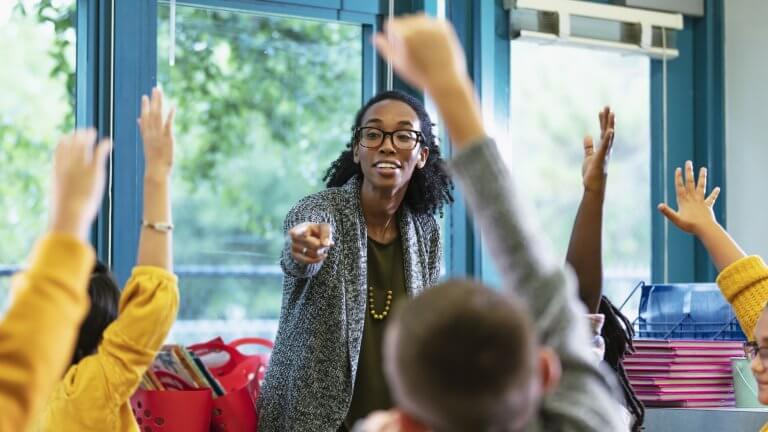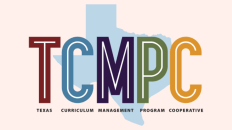Start the semester off on the right track! Here are two steps to help reinvent classroom culture routines mid-year.
Technique One: Create a Vision
Start by writing down all the classroom routines you can think of. Put a star next to the top 2-3 that have been the most challenging or are most crucial for the day, such as morning arrival, hallway transitions, or dismissal. Once you’ve selected a few routines to refine, the reset begins!
The next step is to create a vision. Imagine this routine when it is carried out perfectly. When this routine is done well, what would students be doing? List all the desired student behaviors (in order) with as much description as possible. Name what students will do and how they’ll do it.
After your vision for students is clear, it’s time for you to map out the teacher actions that will support the ideal student behavior. Next to your list of desired student behaviors, jot down each move you will need to make as the teacher to support your students in successfully carrying out this routine. Just as you did for students, capture what you will do and say each step of the routine, including techniques such as positive narration.
For the final step of planning the reset, it’s time to anticipate any common student misbehavior that tends to occur during this routine and get ahead of it! Take a moment to jot down the top 3-5 minor student behaviors that have presented challenges in the past. It’s time to plan for how you will address these behaviors using minimally invasive redirection techniques.
*For a sample Classroom Entry Routine, click here.
Technique Two: Reset the Vision
Now that you have a clear vision of what teachers and students will do differently, it’s time to script how you’ll reset the routine with students. One of educators’ biggest mistakes is assuming that all students understand what to do. Providing a clear model of the routine is one way to help make your vision a reality.
Script what you will say and do when you re-introduce the routine for students. Plan for how you will model the desired behavior for your students to help them see what each part of the routine looks like when carried out effectively. Using language that assumes the best of students is important and is asset-based. (For example, say “walk with your hands close to your body” as you model vs. “don’t run and touch other people”).
“Modeling is the method by which your vision comes alive.” –Paul Bambrick Santoyo
The final part of the reset is to help your students remember the expectations through guided practice. While a few students model the routine, have other students describe what they did well. Capture these desired behaviors on a chart to help students remember each step. Allow for multiple rounds of practice by calling on small groups to rehearse the routine until everyone has been able to practice.
“Children will rise to the level of our expectations. It’s our job to set those expectations- and teach them” -Paul Bambrick Santoyo
*For a sample Classroom Entry Rollout, click here.
Live the Vision
The routine will only be as successful as the follow-up and monitoring you provide. Engage in the routine with your students by following the actions you’ve mapped out for yourself. When students see that you are invested in their success, they are more likely to repeat these behaviors.
“Culture leaders don’t succeed because of their charisma but because of constancy; always being there, repeatedly, as the calm in the eye of the storm.” -Paul Bambrick Santoyo
For more blogs like this, visit blog.esc13.net
Megan Cruz is the Project Coordinator for the Texas Instructional Leadership Team at ESC Region 13.






Add comment